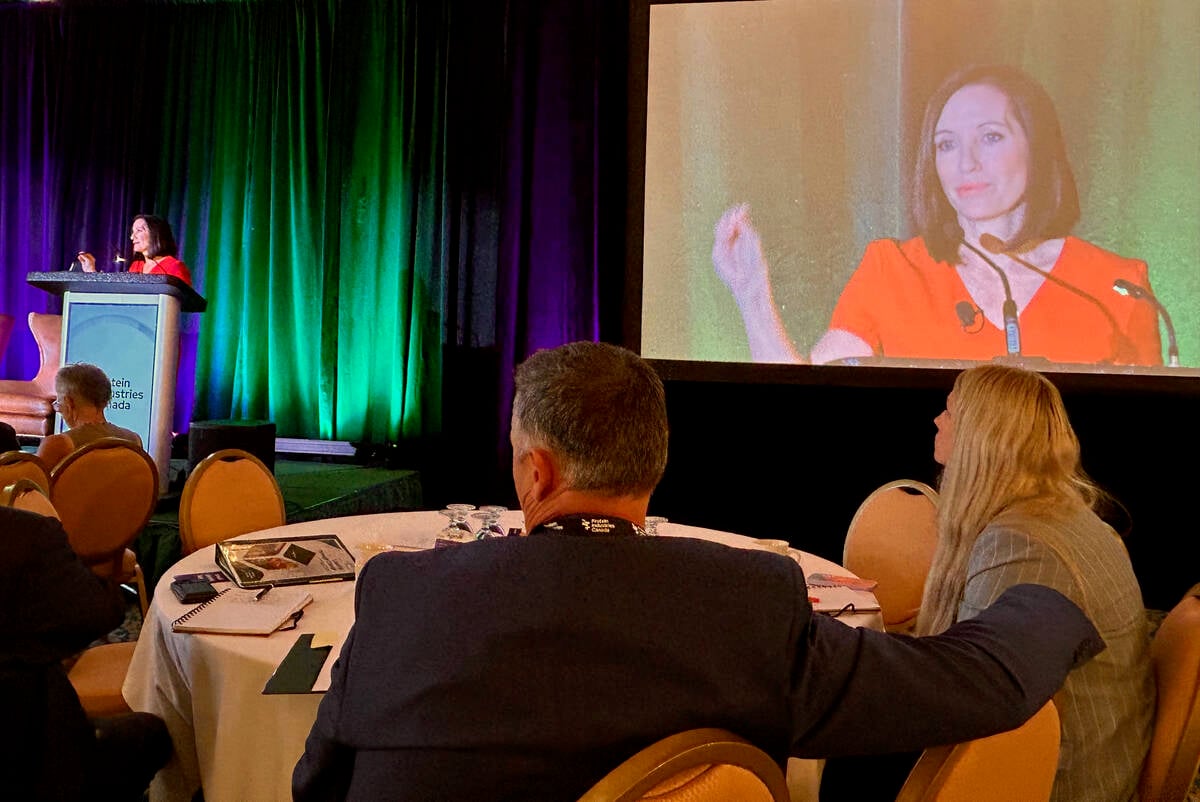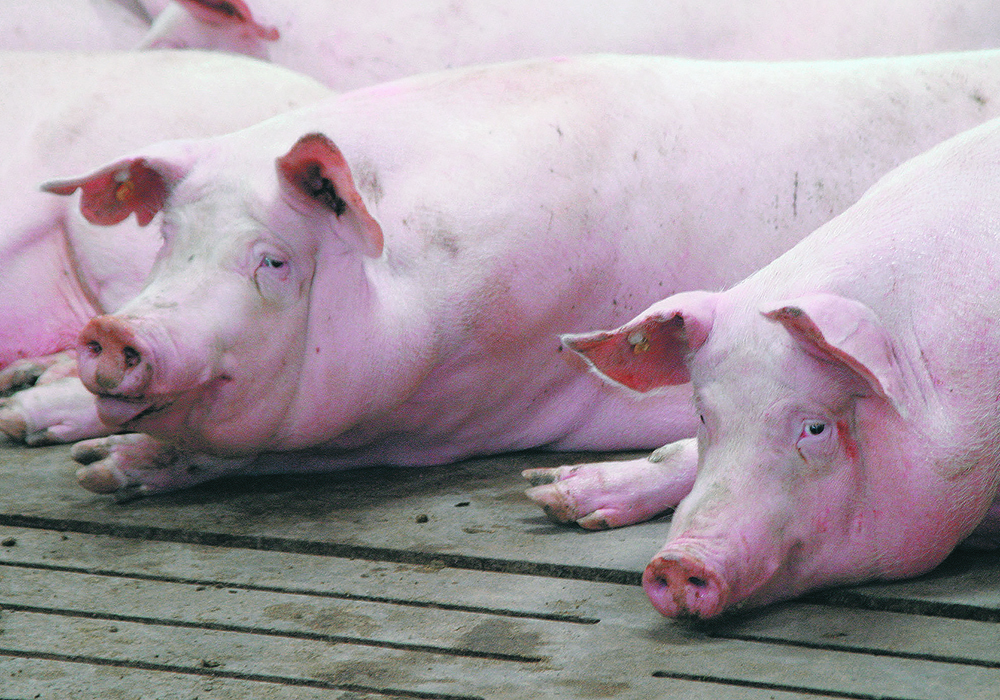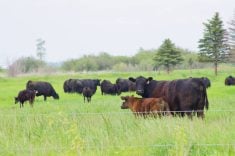Maple Leaf official recounts the challenges faced while trying to put a stop to a streptococcus zooepidemicus outbreak
WINNIPEG — When a multiplication barn had a streptococcus zooepidemicus outbreak in March 2019, Maple Leaf staff scrambled to find out what it was and how to treat it.
They dealt with it as suggested by worldwide authorities. Believing the gilts were over the illness, workers sent them out to four sow barns. Within a month, they had 10,500 infected sows on their hands.
Check out our Hog Hub for more hog-specific stories
Every day, dozens of full-grown sows died. Gilts were aborting litters. Staff were becoming exhausted from caring for sick pigs.
Read Also

Canada told trade crisis solutions in its hands
Canadians and Canadian exporters need to accept that the old rules of trade are over, and open access to the U.S. market may also be over, says the chief financial correspondent for CTV News.
It was a nightmare.
This went on for four years, causing millions of dollars in damage, thousands of pig deaths and employees pushed to the brink. One barn was taken out of production, and Maple Leaf almost despaired of safely repopulating it after having to depopulate it three times from 2020 to 2023.
Since the pigs themselves didn’t seem to be the underlying cause of repeated infections, other forms of life were considered.
“We were collecting bees. We were collecting flies. We were collecting mice — anything that could potentially carry the disease,” said Maple Leaf animal health manager LeeAnn Peters.
Bacterial culture tests were also conducted with workers. Nothing was discovered.
Then came a stroke of luck. A discovery at a different company’s system in Alberta suggested a possible cause, which led to an eventual solution to the crippling outbreak.
“After four years of fighting this, my mind is blown,” said Peters about her reaction after discovering the potential source.
The Alberta company found positive strep zoo on employee masks at its infected facility, which was revealed through a genetic test.
Could a human carrier have infected the pigs, time and time again, and yet appear uninfected? Yes, it turned out.
A worker from the first barn, who moved to the barn with outbreaks, was carrying the disease and likely had been since the beginning.
Ironically, the worker was “super-healthy,” and hadn’t had any antibiotics for at least seven years. He was asymptomatic, without signs of strep zoo, which is rare in humans. But like many barn staff, he had the habit of spitting and sneezing inside the pens.
“I think some of these things are more common across our industry than we may care to admit,” said Peters.
Once the employee learned he was a carrier, his infection was addressed and that barn was put back into production.
It’s the sort of production nightmare that could bankrupt a smaller producer, Peters acknowledged, so protection is important. The next barn that suffers from strep zoo spread by a human should have an easier time cracking the cause.
At the time of the Maple Leaf outbreaks, there were no approved genetic tests for a human infection that could be used to spot a sick person. There was a good veterinary test for animal outbreaks, but for humans, a doctor and lab were needed to obtain and identify samples.
Those samples could then be compared to a veterinary analysis to see if strep zoo in the person matched that in the barn.
Now there is a way to do this quickly.
Peters said the devastation caused by her company’s outbreak should prompt producers to toughen their protocols for assessing risks from employees.
Risks of strep zoo could come from:
- Employees working at second jobs that involve livestock or other animals.
- Employees not wearing proper protective equipment.
- People in barns spitting, sneezing or in other ways spreading human matter.
- Visitors to barns.
- Workers eating uncooked or unpasteurized foods.
- Employees travelling to countries with strep zoo problems.
- Barn waste systems that mingle human waste and barn waste.
















